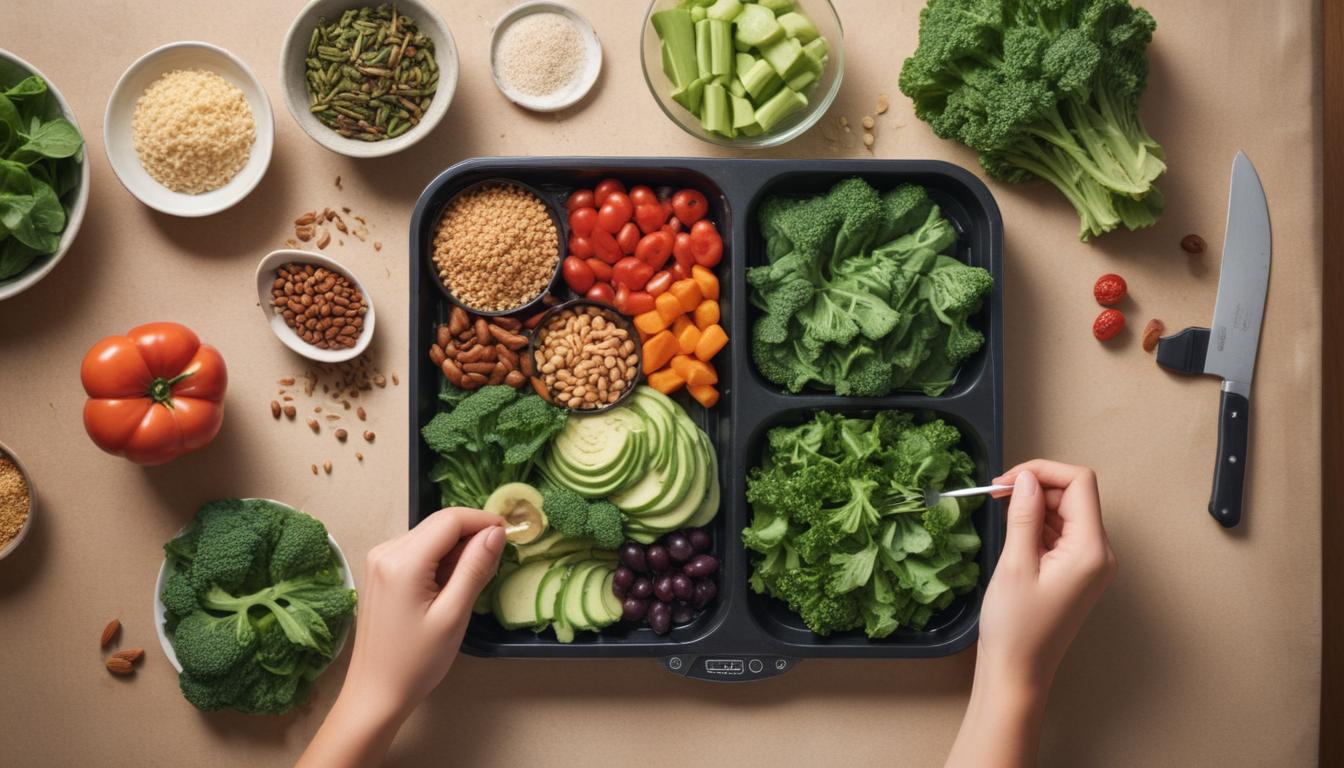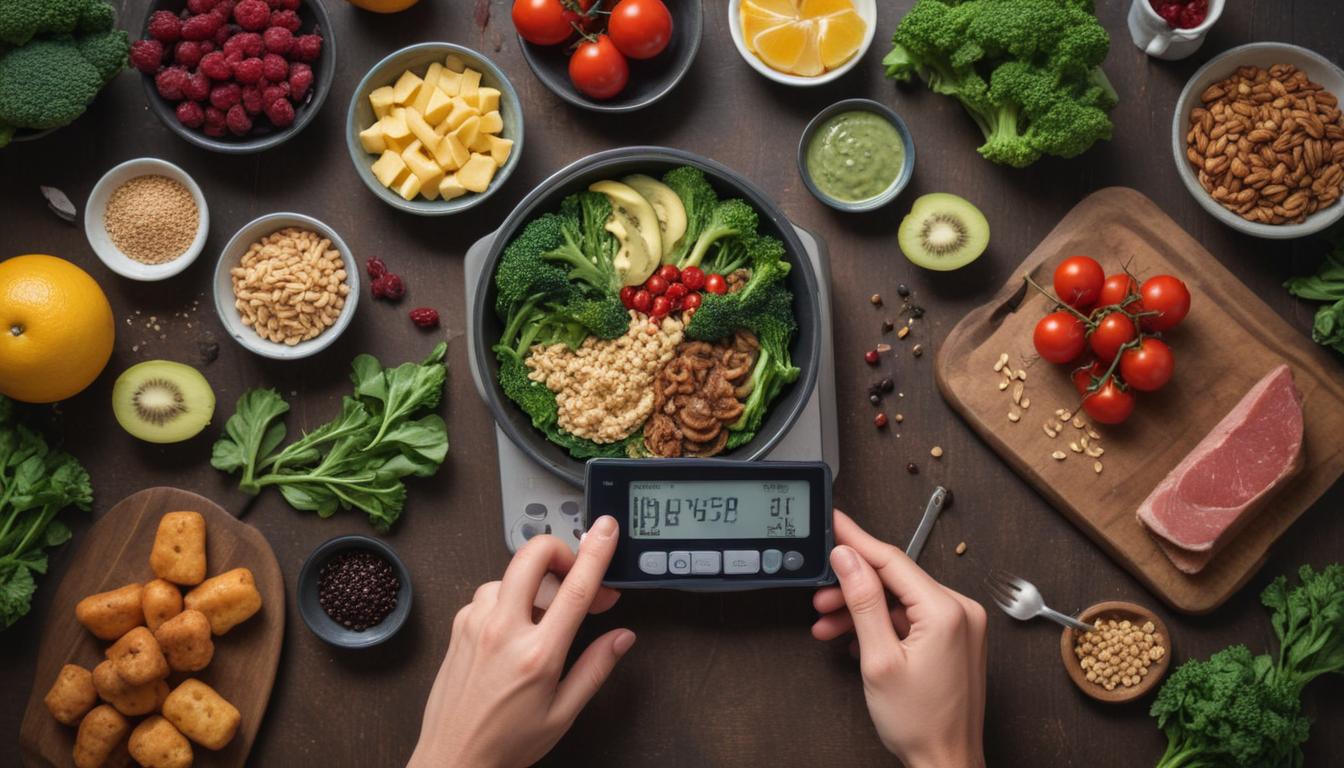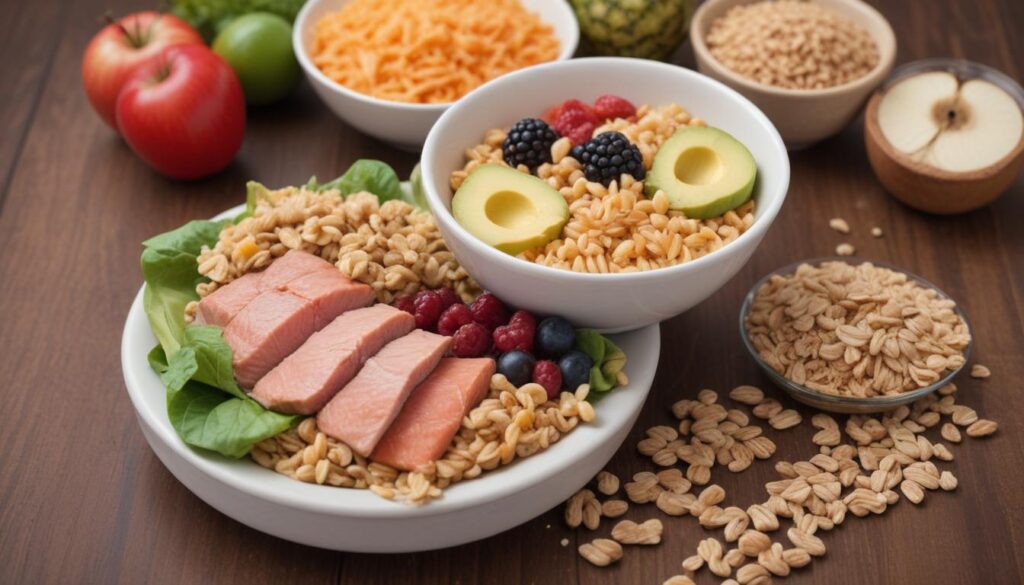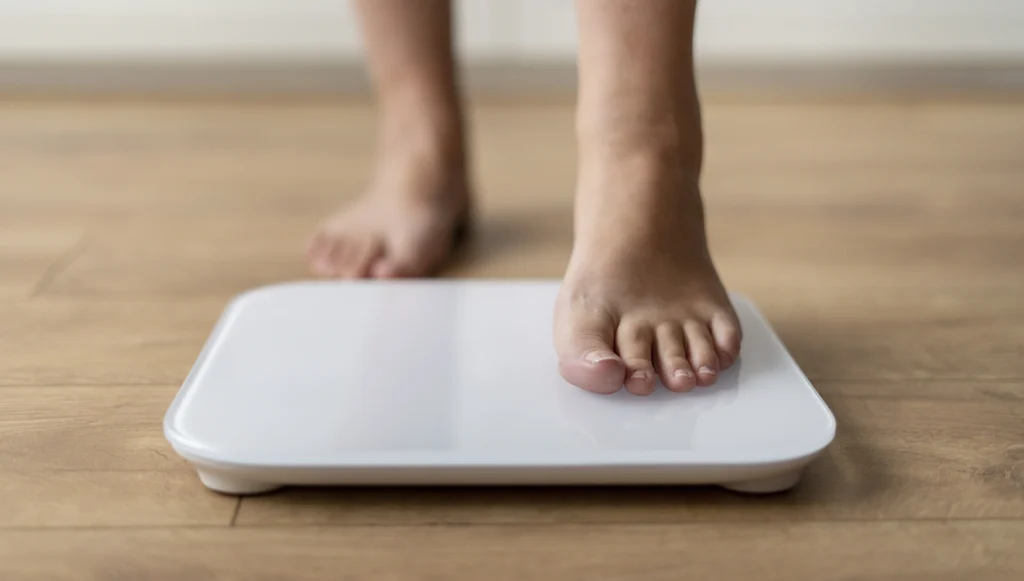Now Reading: Master Portion Control for Lasting Results
- 01
Master Portion Control for Lasting Results
Master Portion Control for Lasting Results

Master Portion Control The Simple Key to Weight Loss & Better Health
Unlock Your Health Goals The Overlooked Power of Portion Control
Are you carefully choosing all the “right” foods, stocking your fridge with leafy greens, lean proteins, and whole grains, yet feeling frustrated that the scale won’t budge or you still feel sluggish after meals? You are not alone. Many of us focus intently on the quality of our food, which is fantastic, but we completely overlook an equally critical factor for our health and wellness goals: the quantity. It’s the missing piece of the puzzle that can leave you feeling stuck and confused, wondering what you’re doing wrong despite your best efforts.
The good news is that the solution is simpler than you think and doesn’t require a restrictive diet or eliminating your favorite foods. The answer lies in mastering the art and science of portion control. This isn’t about deprivation or meticulously weighing every morsel of food for the rest of your life. It’s about developing a new awareness, understanding your body’s true needs, and using simple strategies to create balance on your plate. By shifting your focus from just what you eat to how much you eat, you can unlock a new level of control over your health, energy, and well-being.
Why Portion Control is More Than Just a Number on the Scale
While managing your weight is often the most celebrated benefit of portion control, its positive effects ripple through your entire body, enhancing your overall health in ways you might not expect. Think of your digestive system as a hard-working machine. When you consistently overload it with oversized meals, you force it to work overtime, which can lead to uncomfortable bloating, gas, indigestion, and that all-too-familiar feeling of being lethargic and weighed down. Your body has to divert a massive amount of energy just to process the excess food, leaving you feeling sleepy and unproductive.
By consuming more appropriate portion sizes, you give your digestive system a chance to work efficiently. It can break down food and absorb nutrients more effectively, leading to more stable energy levels throughout the day—no more dramatic post-meal energy crashes. Furthermore, portion control is a powerful tool for managing blood sugar. Large meals can cause a rapid spike in blood sugar, followed by a sharp crash that leaves you feeling hungry and irritable soon after. Smaller, balanced meals help keep your blood sugar levels steady, which is crucial for preventing cravings, managing mood, and reducing the long-term risk of metabolic conditions.

Practical Strategies to Master Portion Control
Adopting portion control is about building sustainable, lifelong habits, not enforcing rigid rules. It’s a skill that empowers you to listen to your body and make conscious choices. The goal is to move away from the “clean plate club” mentality and towards a more intuitive and mindful way of eating that leaves you feeling satisfied and energized, not uncomfortably full. The following strategies are practical tools you can start using today to regain control of your plate and your health.
These techniques are designed to be integrated into your daily life seamlessly. They don’t require expensive gadgets or complicated meal plans. Instead, they rely on visual cues, simple environmental changes, and a shift in mindset. By focusing on these small, consistent adjustments, you will retrain your brain and your stomach to recognize what a proper serving feels like, making portion control second nature over time.
Use Your Hands as a Simple Guide
One of the easiest and most accessible tools for measuring portions is already with you—your own hands. This method is brilliant because it’s discreet, requires no equipment, and your hands are proportional to your body size, making it a personalized guide. It’s a simple way to visualize appropriate serving sizes without the hassle of measuring cups and spoons for every meal.
Here is a simple breakdown you can use as a starting point. A serving of protein, like chicken, fish, or beef, should be about the size of the palm of your hand. A serving of carbohydrates, such as rice, pasta, or potatoes, should be roughly the size of your cupped hand. For vegetables and salads, aim for an amount that would fit in two hands cupped together. Finally, a serving of healthy fats, like butter, oil, or nuts, should be no larger than the size of your thumb.
Rethink Your Dinnerware and Environment
The environment in which you eat has a profound psychological impact on how much you consume. One of the most effective tricks is to simply use smaller plates, bowls, and even glasses. This is based on the Delboeuf illusion, a visual perception trick where our brain judges an amount of food differently based on the size of the plate it’s on. The same serving of pasta will look small and unsatisfying on a large dinner plate, tempting you to add more, but it will appear plentiful and filling on a smaller salad plate.
Another powerful environmental change is to serve food directly from the kitchen onto your plate rather than placing large serving dishes on the dining table. When bowls of food are within arm’s reach, it becomes almost automatic to go for a second or third helping without even thinking about whether you are still hungry. By keeping the excess food in the kitchen, you create a natural pause, forcing you to make a conscious decision to get up and get more if you are genuinely still hungry.
Practice the Art of Mindful Eating
In our fast-paced world, we often eat while distracted—scrolling on our phones, watching TV, or working at our desks. This mindless eating is a major enemy of portion control because it disconnects us from our body’s natural hunger and fullness cues. Mindful eating is the practice of paying full, deliberate attention to the experience of eating and drinking, both inside and outside the body. It means savoring each bite, noticing the flavors, textures, and aromas of your food.
It takes approximately 20 minutes for your stomach to send a signal to your brain that it is full. When you eat too quickly, you can easily consume far more than you need before that signal ever arrives. To practice mindful eating, put your fork down between bites, chew your food thoroughly, and eliminate distractions during meal times. By simply slowing down, you give your brain the time it needs to catch up with your stomach, allowing you to recognize when you are satisfied and comfortably full, which is the ultimate goal of portion control.




































